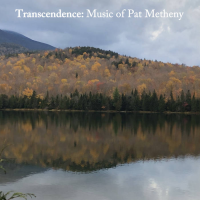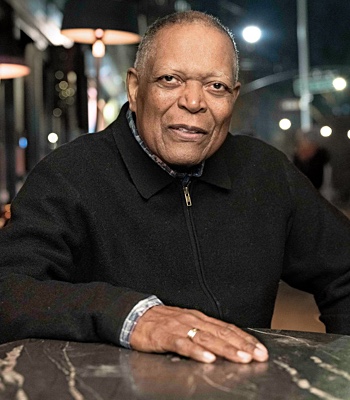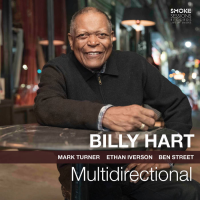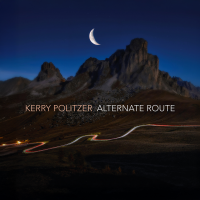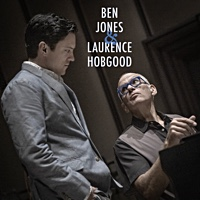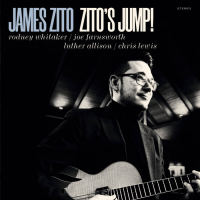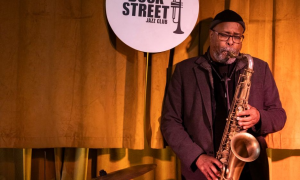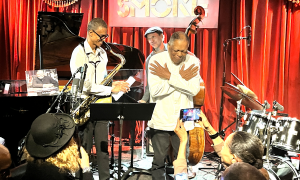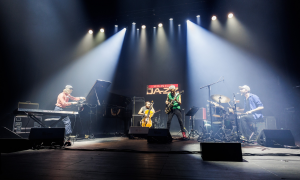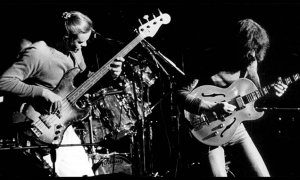Home » Jazz Articles » Live Review » Lucian Ban and Mat Maneri at the Northampton Center for the Arts
Lucian Ban and Mat Maneri at the Northampton Center for the Arts
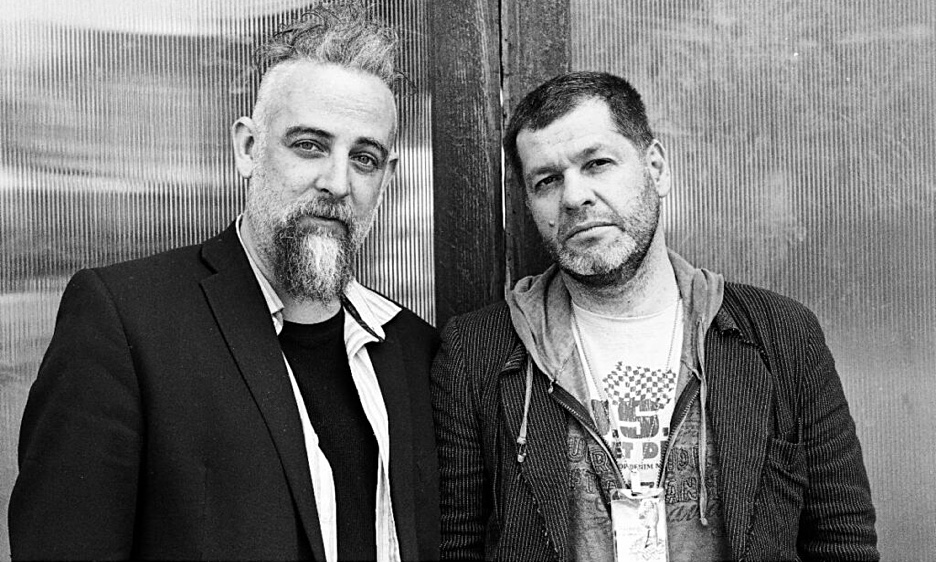
Courtesy Mircea Albutiu
Northampton Center for the Arts
Northampton, Massachusetts
October 1, 2025
In the early 20th century and throughout his life, composer Béla Bartók endeavored to document the folk songs of Hungary and beyond. Of the approximately 10,000 examples he preserved on wax cylinders and later transcribed, a significant handful reflected the dying traditions of his native land, along with the people and places in which they might have been consigned were it not for his efforts.
In his 1921 essay, "The Relation of Folk Song to the Development of the Art Music of Our Time," Bartók bucked against the myth of traditional music as having grown mysteriously from some "homogeneous mass." Instead, he deemed it susceptible to change. "This process of transformation," he noted, "which of course is effected in different districts and countries, is influenced to a considerable extent by the peculiarities of language and intonation." In light of this observation, he saw a clash between the classical model, which tended to favor a relatively circular and concise grammar, and the folk artists who wandered, improvised, added to and subtracted from traditions over time. The resulting exoticization of these melodies in the work of composers like Liszt, Brahms and Chopin was, therefore, "imperfect" and "inartistic," standing in stark contrast to the "culture of the town dweller." Bartók concluded with an astute prediction: "A future generation might conceivably discover and embody in their art music properties of the peasant music which have altogether escaped us."
And in pianist Lucian Ban, born and raised in Transylvania, where many of Bartók's cylinders turned vibrations into ethnomusicological gems, and American violist Mat Maneri, a musician who pays intimate attention to his surroundings, we find proof positive that, indeed, there are always opportunities to reconnect to something that would otherwise elude our ears. Drawing on 17 years of collaboration, the duo has grown, replicating the DNA of these carefully preserved yet nearly forgotten tunes to cultivate in fresh soil.
After bringing this music with them all around the world, during which time it has taken on a life of its own, they found their way to western Massachusetts, inviting their audience to share in the journey. Under the auspices of the Pioneer Valley Jazz Shares, they turned the Northampton Center For The Arts into a portal back in time and place, where voices that the march of history might have easily stamped out were made new again. The concert opened with Bartók's own field recording of "Lover Mine of Long Ago," for which Maneri walked into view from offstage, replicating yet also twisting the theme with his pliant interpretation. Ban joined by dampening the piano strings, as if not wanting to intrude on what was being invoked, landing only occasionally on agreement. The effect was such that dissonance became the norm, while consonance came across as profoundly tense. From rhythmic tapping on the viola body and bridge to moments of great density, they unlocked what Ban called "a code embedded in these songs."
Peeling back a layer revealed "Transylvanian Dance," from their 2024 ECM album of the same name. With sweeping synchronicity, they highlighted the connective tissue among various world music traditions hinted at in these pieces. As the musicians switched places from comping to improvising, they remained true to an underlying spirit of community. One moment might evoke a twang of the blues, as in their rendition of the tongue-in-cheek "Make Me, Lord, Slim and Tall," while the next would find them echoing Korean and Indian motifs. These influences were not coincidental, speaking as they did of a common ancestry.
All the while, projected photographs of peasant life, many of which were taken by Bartók, accompanied the performance along with scans of his handwritten scores and lyrics in translation to selected songs. In one poignant sequence, a lively and fragrant dowry song meshed with archival footage of folk dancers and choreographic diagrams. There were also some contemplative turns, as in the carol, "The Enchanted Stag," which felt like a waking dream. Last was "Poor Is My Heart." Cradled in a bed of piano arpeggios, Maneri's harmonics were so vocal in nature that they seemed on the verge of cracking at any given moment.
Ban's approach was as exciting as it was respectful, often incorporating modern harmonies and genre-bending details. Meanwhile, Maneri's bow was like a snake flicking its tongue to smell the air, sensing things unseen that we might not expect it to sense. All of which served to remind us that, while the music itself may evolve with each iteration, we, as listeners, are the ones who come away different from when we started.
An especially powerful moment happened when the singing of birds became apparent in Bartók's recording of "Make Me, Lord, Slim and Tall." It was a reminder of how those songs, too, had been passed down from one generation to the next of their own volition, and a poignant illustration that jazz is likewise a language of transmission that cannot be notated or taught in a classroom. Rather, it lives between the notes and is best played on the instrument of interpersonal experience.
Tags
Live Review
Lucian Ban & Mat Maneri
Tyran Grillo
United States
Massachusetts
Lucian Ban
Mat Maneri
Northampton Center For The Arts
PREVIOUS / NEXT
Support All About Jazz
 All About Jazz has been a pillar of jazz since 1995, championing it as an art form and, more importantly, supporting the musicians who make it. Our enduring commitment has made "AAJ" one of the most culturally important websites of its kind, read by hundreds of thousands of fans, musicians and industry figures every month.
All About Jazz has been a pillar of jazz since 1995, championing it as an art form and, more importantly, supporting the musicians who make it. Our enduring commitment has made "AAJ" one of the most culturally important websites of its kind, read by hundreds of thousands of fans, musicians and industry figures every month.
Go Ad Free!
To maintain our platform while developing new means to foster jazz discovery and connectivity, we need your help. You can become a sustaining member for as little as $20 and in return, we'll immediately hide those pesky ads plus provide access to future articles for a full year. This winning combination vastly improves your AAJ experience and allow us to vigorously build on the pioneering work we first started in 1995. So enjoy an ad-free AAJ experience and help us remain a positive beacon for jazz by making a donation today.Near
Massachusetts Concerts
Dec
11
Thu



